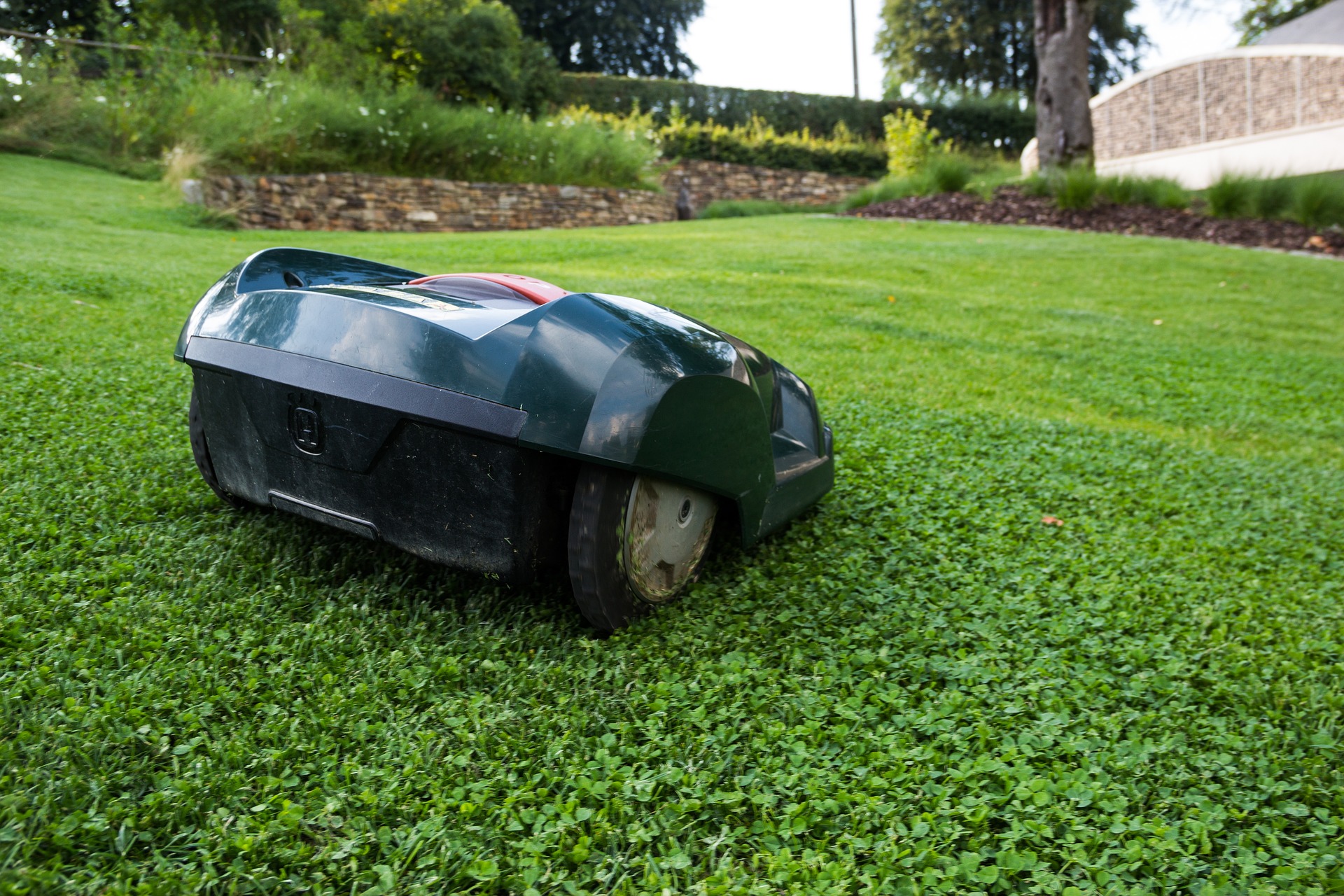Crafting Beauty: The Art and Science of Botanical Cosmetics
In the realm of beauty and wellness, every era brings forth its own revolutionary concepts that shape our perceptions and practices. However, few trends have had the enduring appeal and scientifically backed benefits of botanical cosmetics. As we increasingly understand the power of nature, botanical cosmetics have emerged as a potent combination of science and art, seamlessly blending beauty, fitness, and wellness.

A Blossoming History: The Roots of Botanical Cosmetics
The use of plants and herbs for cosmetic purposes is as ancient as human civilization itself. Historically, botanical extracts have been integral to beauty rituals across diverse cultures. Ancient Egyptians used aloe vera for its healing and moisturizing properties, while Grecians luxuriated in olive oil baths. In India, the traditional Ayurvedic system outlined the use of various plants and herbs for skin and hair care.
Despite being steeped in history, botanical cosmetics went through a period of dormancy as synthetic, lab-produced ingredients took center stage in the 20th century. However, with the dawn of the 21st century, there has been a renaissance of interest in plant-derived beauty products, driven by growing awareness about the potential harm from synthetic chemicals and a widespread desire for sustainable, natural alternatives.
The Booming Bloom: Current Trends in Botanical Cosmetics
The beauty industry’s eco-conscious shift has led to an upsurge in the demand for botanical cosmetics. This trend is supported by a growing body of scientific research recognizing the efficacy of various plant extracts. For instance, recent studies have highlighted the antioxidant and anti-inflammatory properties of green tea extract, which can help combat premature aging and acne.
Moreover, the industry is exploring lesser-known plants and herbs, resulting in an exciting and diverse range of novel products. For example, adaptogenic herbs like ashwagandha and holy basil, traditionally used in Ayurveda and Chinese medicine, are making their way into serums and facial oils for their stress-combating and skin revitalizing properties.
The Blossom and the Bottle: Botanical Cosmetics’ Market Impact
Botanical cosmetics’ rise has profoundly impacted the beauty market. Brands, both established and emerging, are investing heavily in researching and sourcing plant-based ingredients. Consequently, the global botanical cosmetics market is expected to grow at a CAGR of 5.3% from 2021 to 2028, according to Grand View Research.
This trend also reflects a shift in consumer behavior, with more individuals seeking transparency about the ingredients in their beauty products and their environmental impact. This has led to an increased demand for certifications such as “organic,” “natural,” and “cruelty-free.”
The Beauty of Botanics: Benefits and Recommendations
The benefits of botanical cosmetics are manifold, extending beyond just skin-deep. Plant-based ingredients are typically rich in antioxidants, vitamins, and essential oils, which can nurture the skin and hair, promoting overall health and wellness.
When choosing botanical cosmetics, it’s crucial to check for certifications, ensuring that the products are authentically natural and sustainably sourced. Additionally, one should be aware of potential allergies and always patch-test new products.
The Future of Botanical Cosmetics
As the botanical cosmetics trend continues to flourish, it presents an exciting outlook for the future of the beauty and wellness industry. With increasing research and technological advancements, we can expect more efficient, versatile, and sustainable plant-based beauty solutions.
Truly, botanical cosmetics represent a harmonious blend of the past and the future, embracing nature’s wisdom while staying attuned to modern scientific advancements. As we continue to explore the beauty of botanics, we learn not just to adorn ourselves, but to cultivate wellness and harmony with nature.




